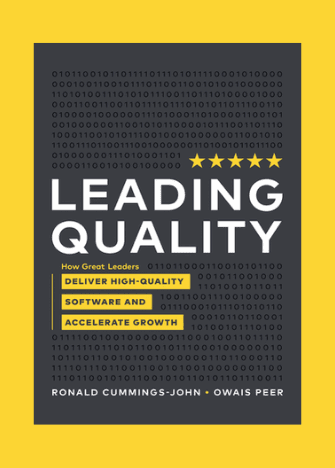Software testing can be defined as the examination and observation of a piece of software to check the correspondence between the real behavior of the app and its expected behavior on a finite set of tests chosen in a certain way.
It stands as a fundamental facet of IT product development, tracing its roots to the nascent era of computer programs. As software testing has progressed throughout the years, it has grown intricately connected with technological advancements and the burgeoning intricacy of IT systems.
Early Days of Software Testing
In the initial phases of software development, even before the advent of computer programs, testing involved a manual and often impromptu process. Programmers themselves would use the software to identify errors and ensure that applications functioned correctly. For the relatively simple software of that era, this rudimentary approach was sufficient.
Rise of Automated Testing
As technology advanced and the complexity of IT systems expanded, the need for more efficient and rigorous testing became apparent. In the 1970s, a pivotal juncture in the timeline of software testing unfolded. The professionalism of individuals engaged in testing activities experienced a notable surge, resulting in the emergence of dedicated roles like test managers, testers, and test analysts.
Introduction of Automated Testing Techniques
During this period, the first automated testing techniques began to develop. Specialized programming languages designed for testing purposes expanded the horizons within the field. Concepts such as “black-box testing” (emphasizing software functionality without requiring knowledge of its internal code) and “white-box testing” (scrutinizing the internal logic of the software) were introduced, signifying the inception of contemporary software testing approaches.
Evolution of Testing Methodologies
Over time, a multitude of testing methodologies and frameworks were introduced. These modern methodologies, including “waterfall,” “V-model,” “Agile,” “Scrum,” “eXtreme Programming,” and “DevOps,” each brought their own unique approaches to software testing. They introduced greater adaptability and efficiency to the testing process to enable testing to be integrated into every stage of software development.
Technological Advancements and AI/ML Integration
Nowadays, software testing has reached an advanced level, thanks to technological innovations such as Artificial Intelligence (AI) and Machine Learning (ML). These technologies have opened the doors to more advanced testing techniques like “predictive testing” and “autonomous testing.” AI and ML help optimize the testing process, identifying potential issues more quickly and accurately, improving the precision of testing.
Automation Takes Center Stage
Automation in testing has become a standard practice. It significantly accelerates the development process and enhances the quality of software products. Automated tests allow development teams to perform consistent and repeatable tests, thereby reducing errors and lowering the costs associated with regression issues.
Conclusion
Reflecting on the history of software testing, it’s evident that the field has continually evolved alongside technological advancements.
From the early days of manual testing to the sophisticated, AI-driven approaches, software testing has emerged as a critical pillar in modern application development, boosting performance and ensuring user satisfaction.
About the tester
Rafael is a senior in high school and he started his adventure into the world of testing over a year ago. Since then, he has learned the basics and continues to evolve and gain more and more knowledge into the testing field.
This article is the sole responsibility of the author. By submitting their work to our blog, authors affirm that the content is original and does not violate any copyrights or intellectual property rights of third parties.







